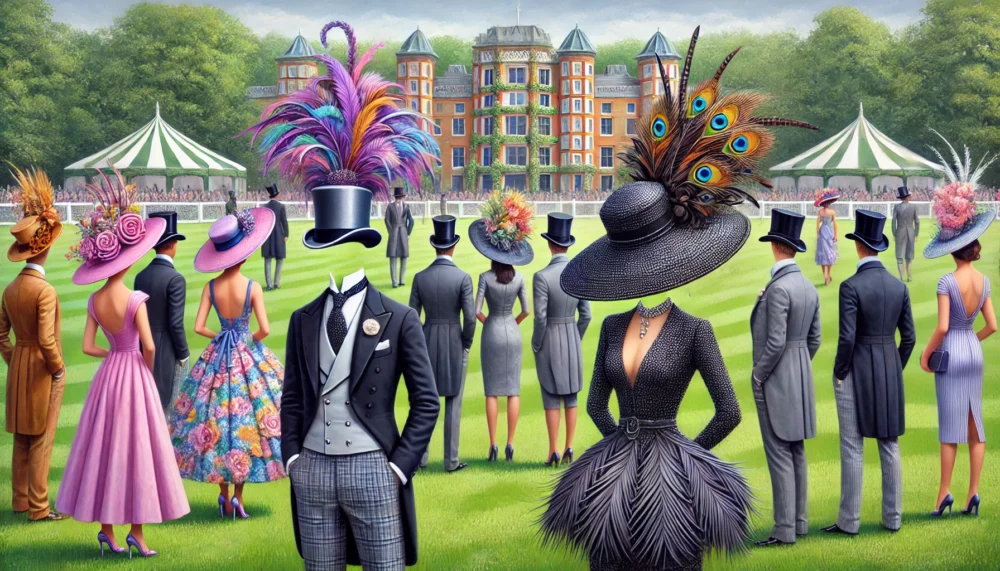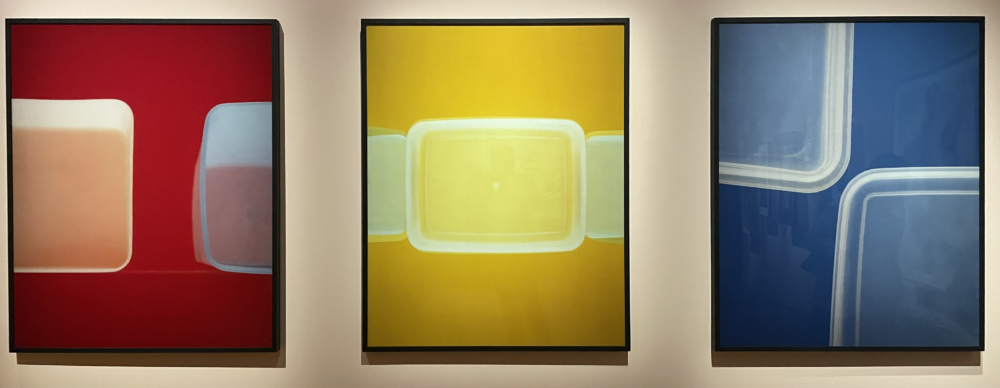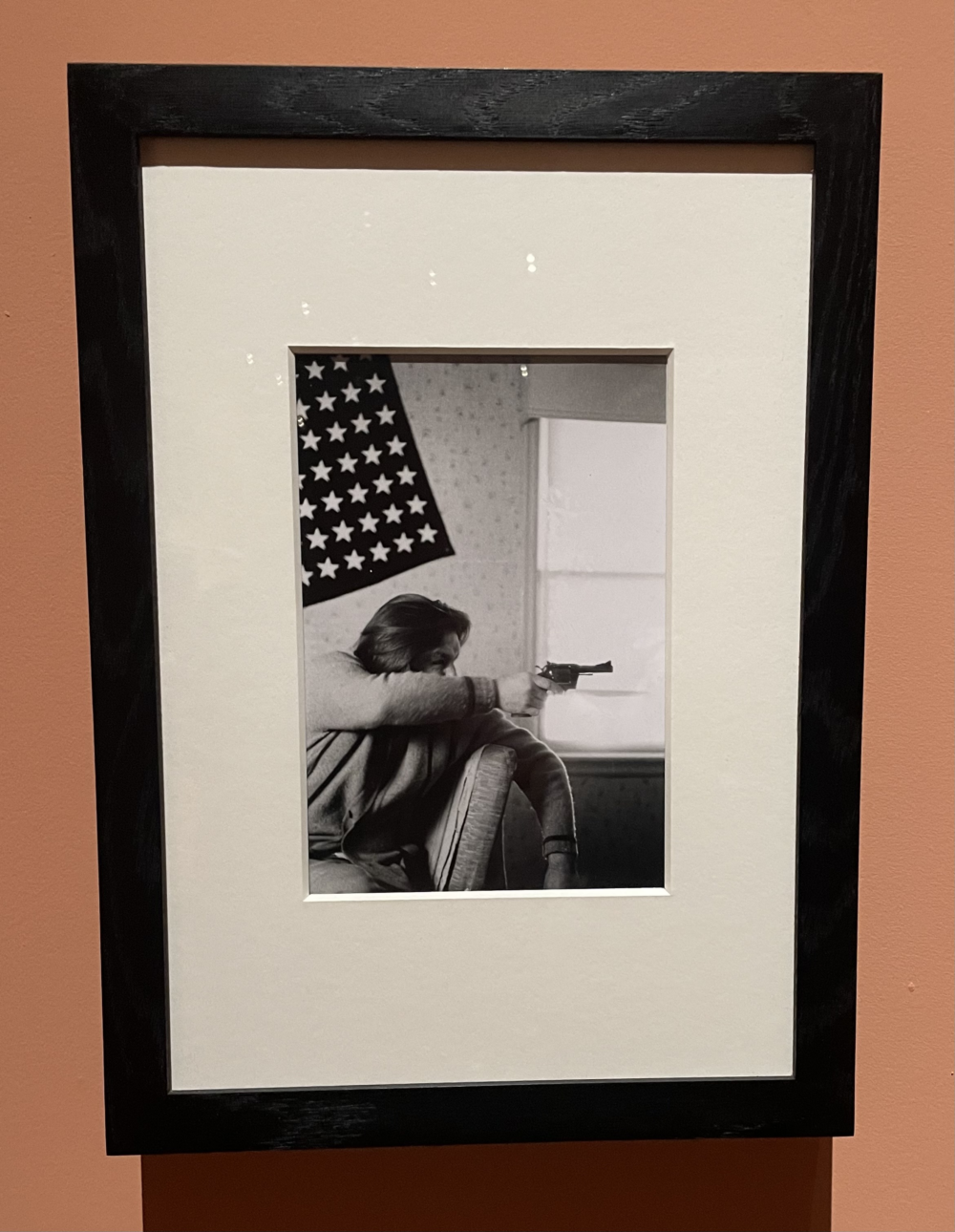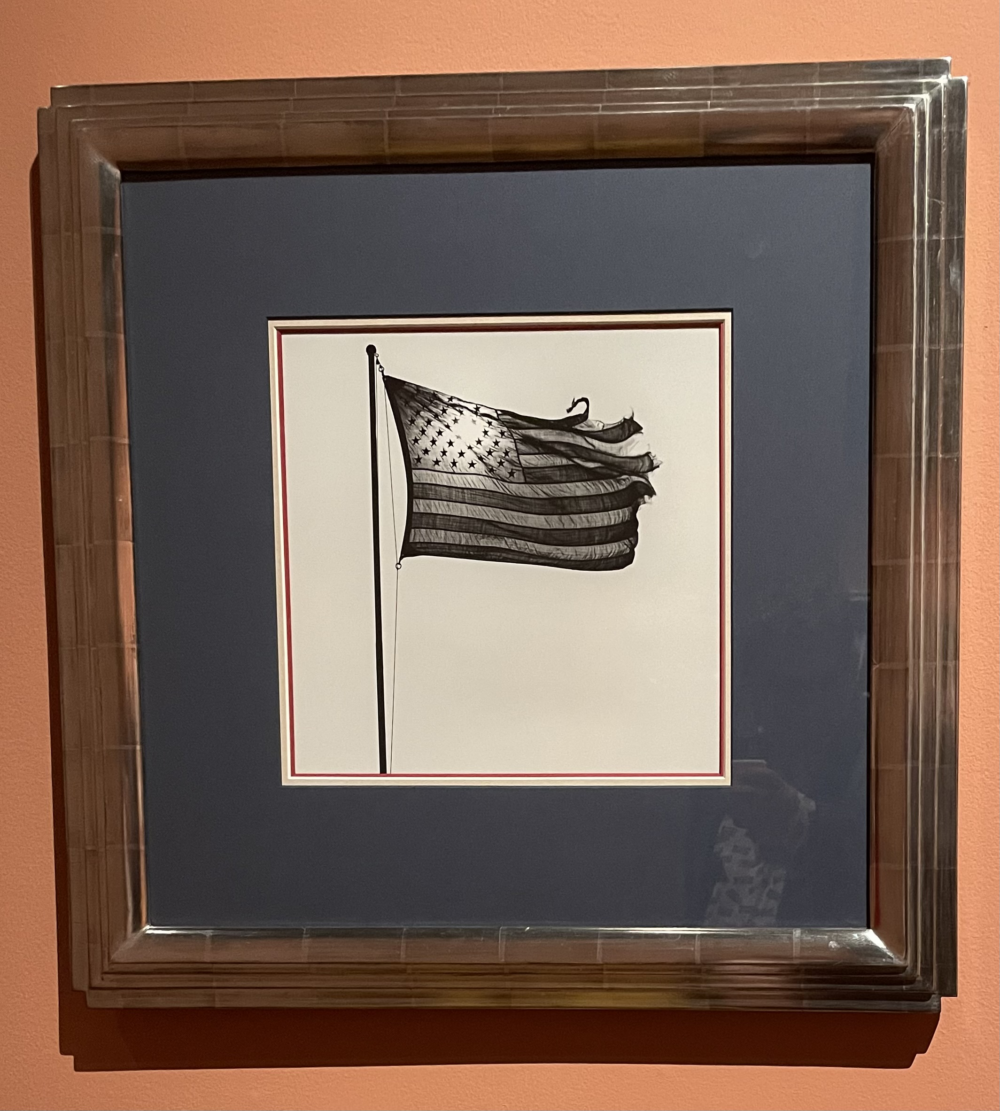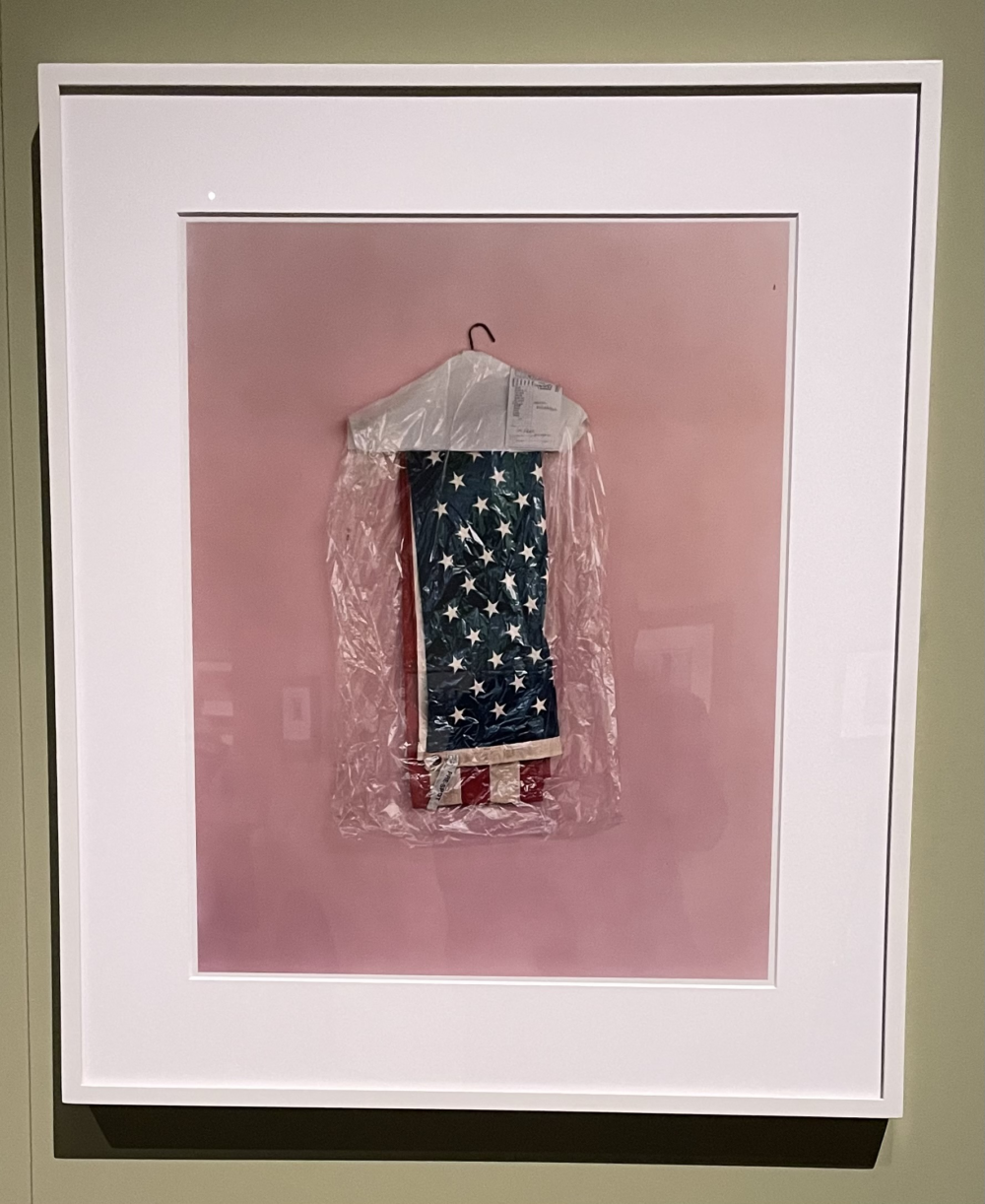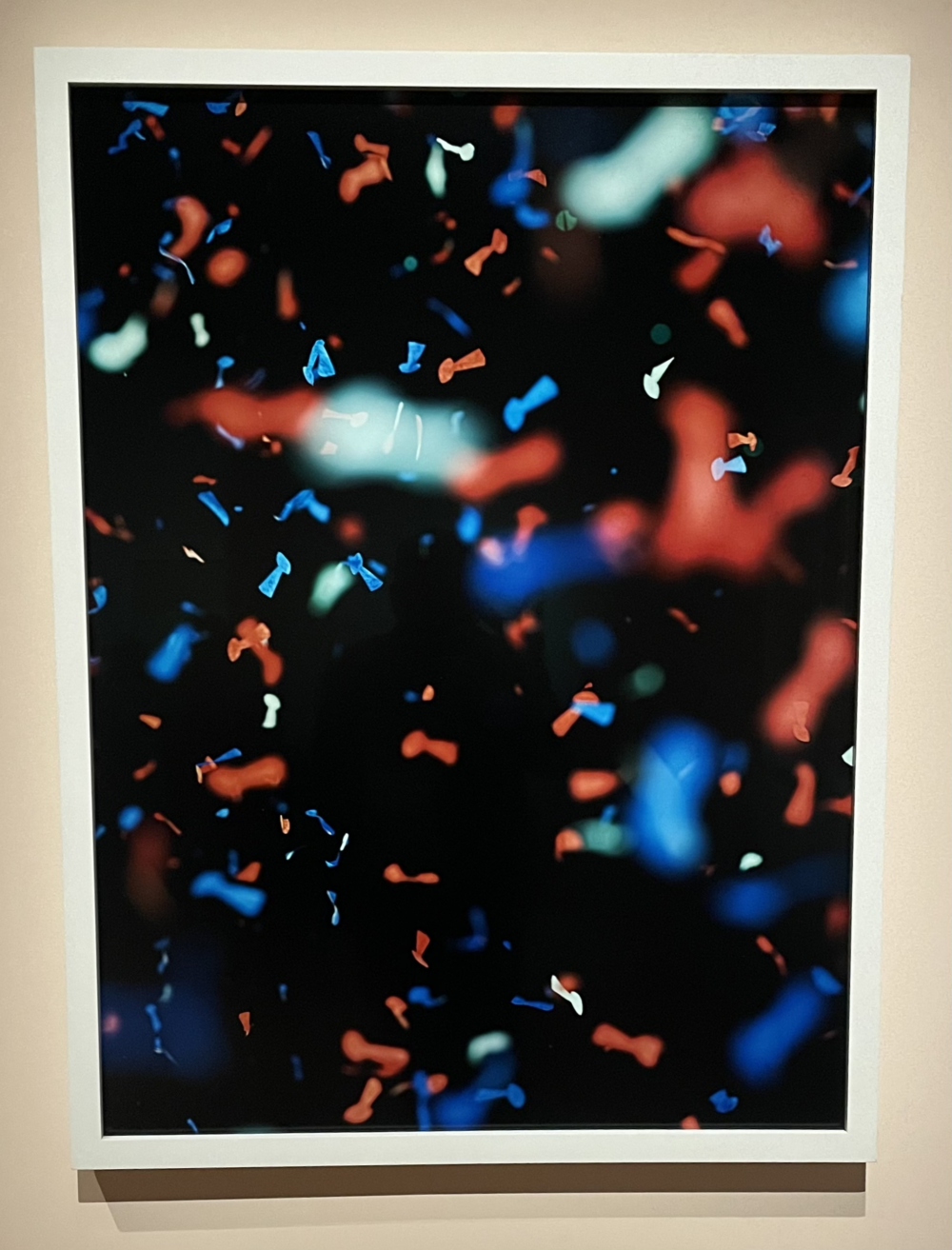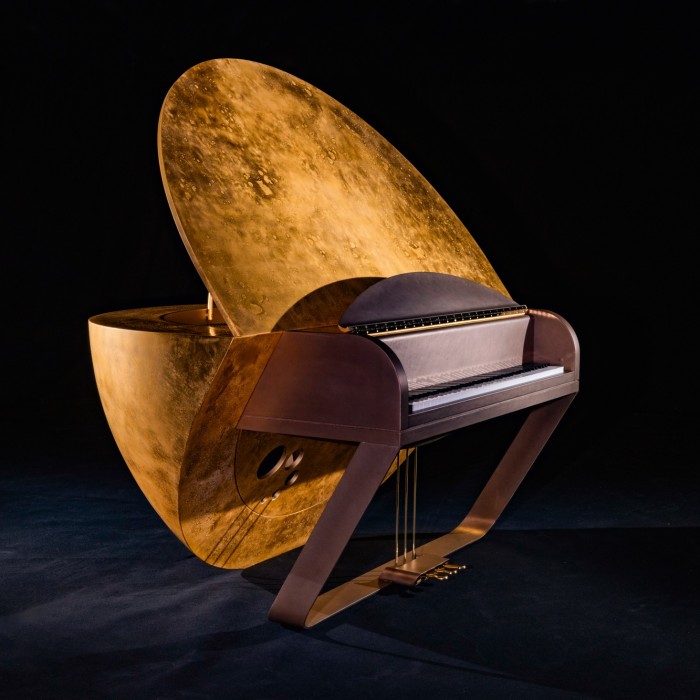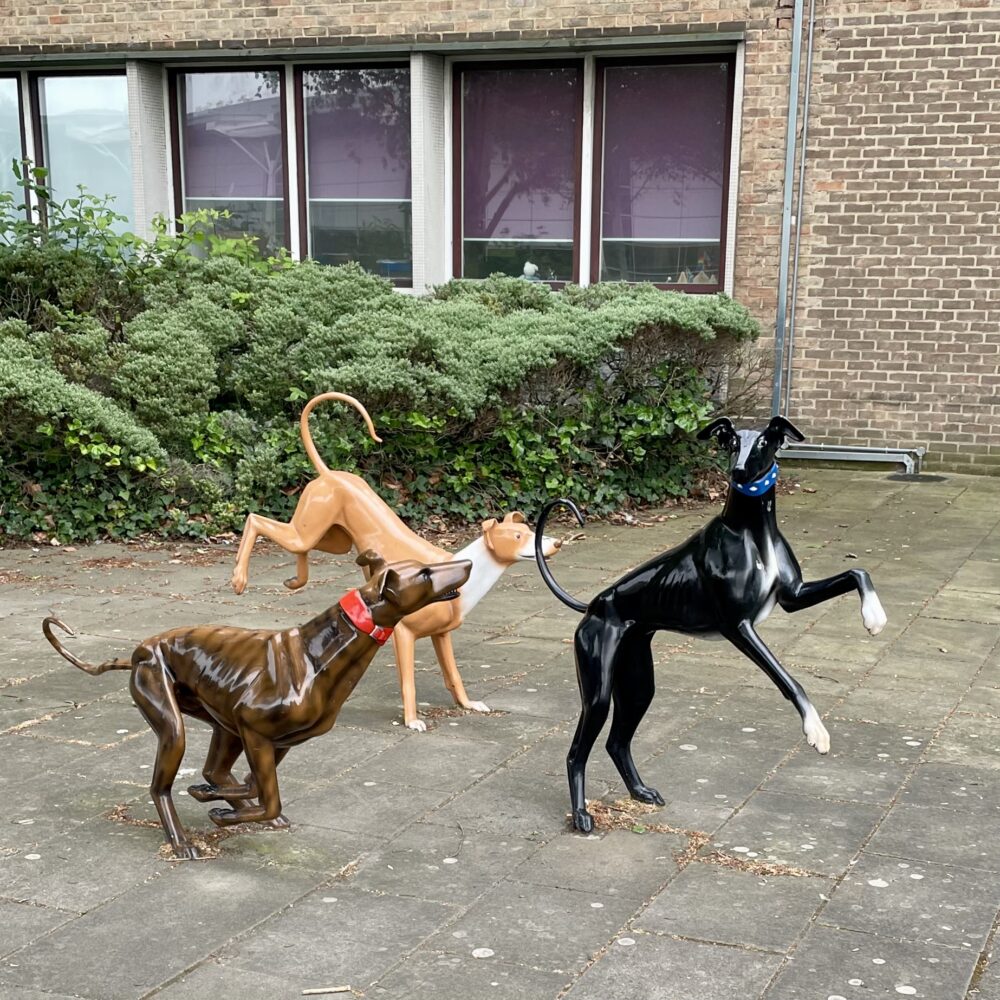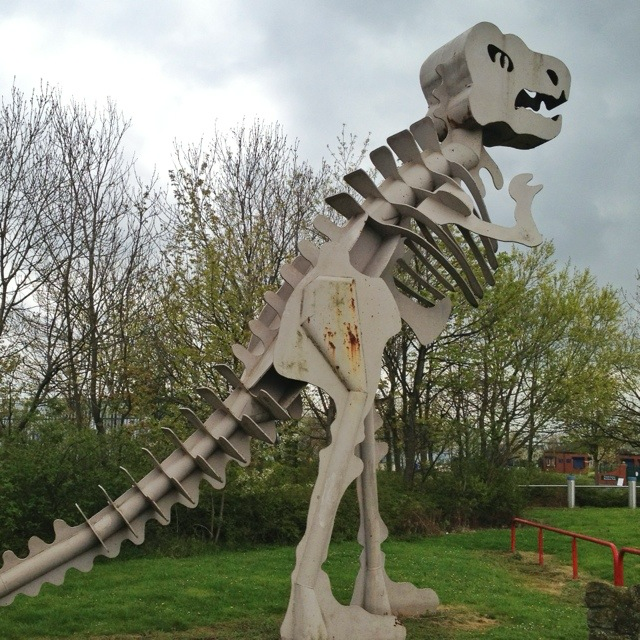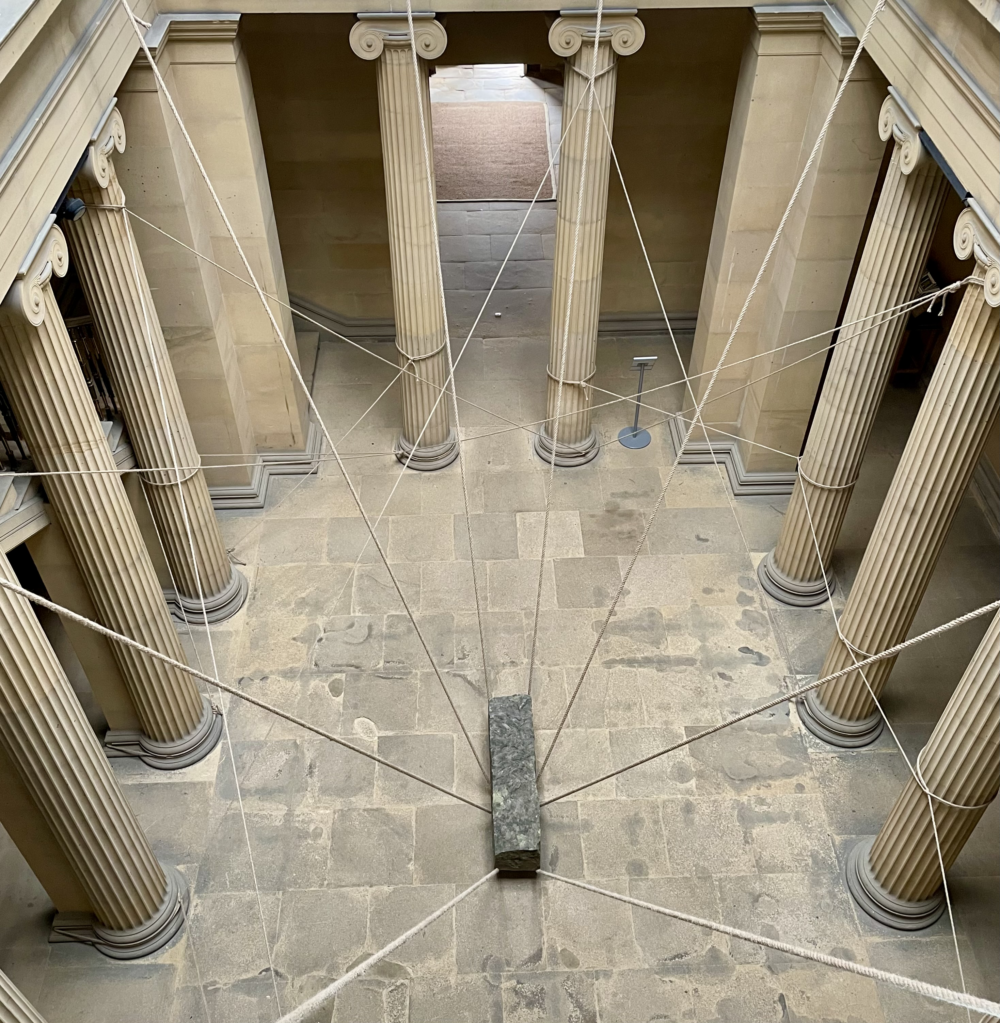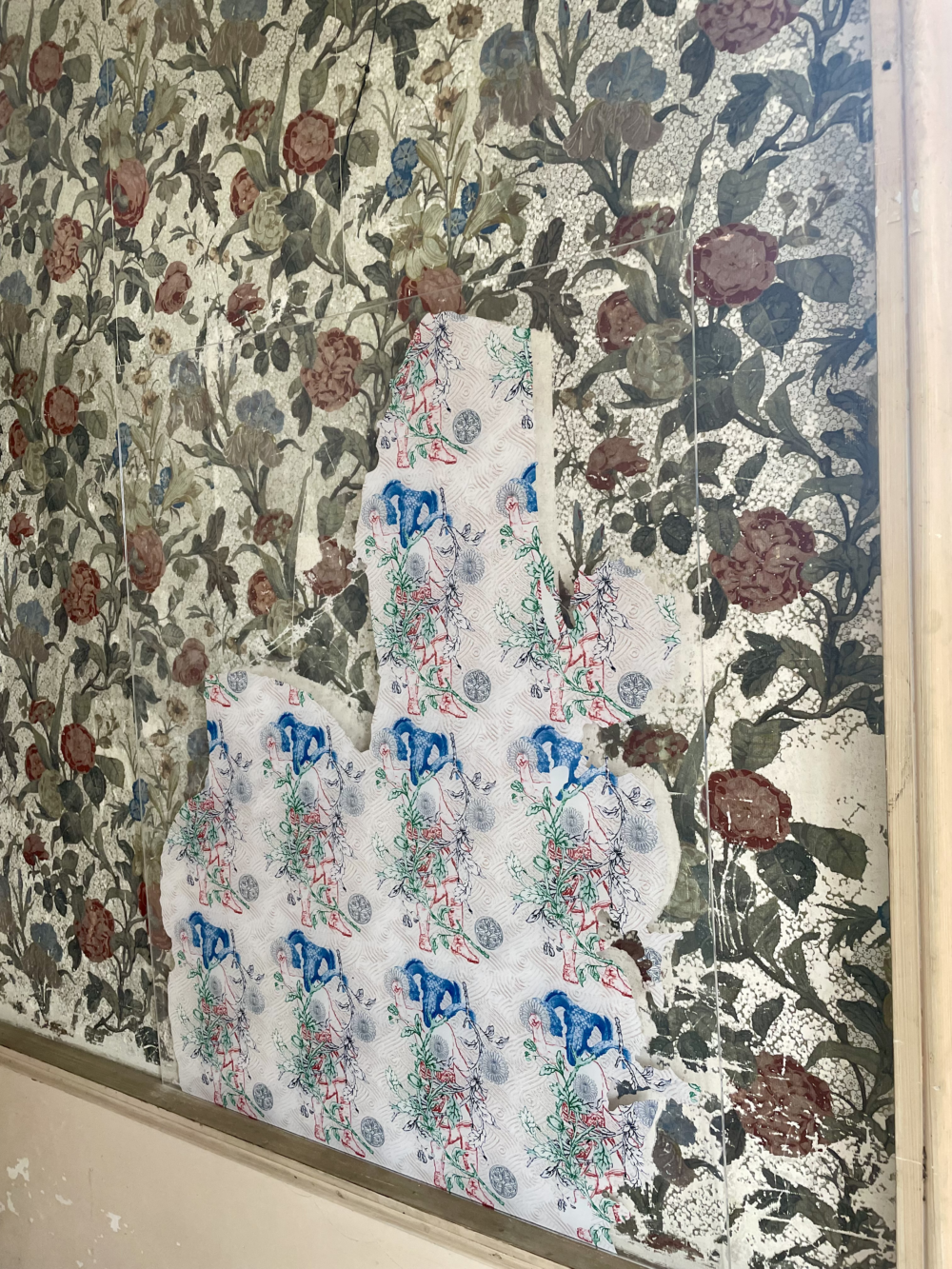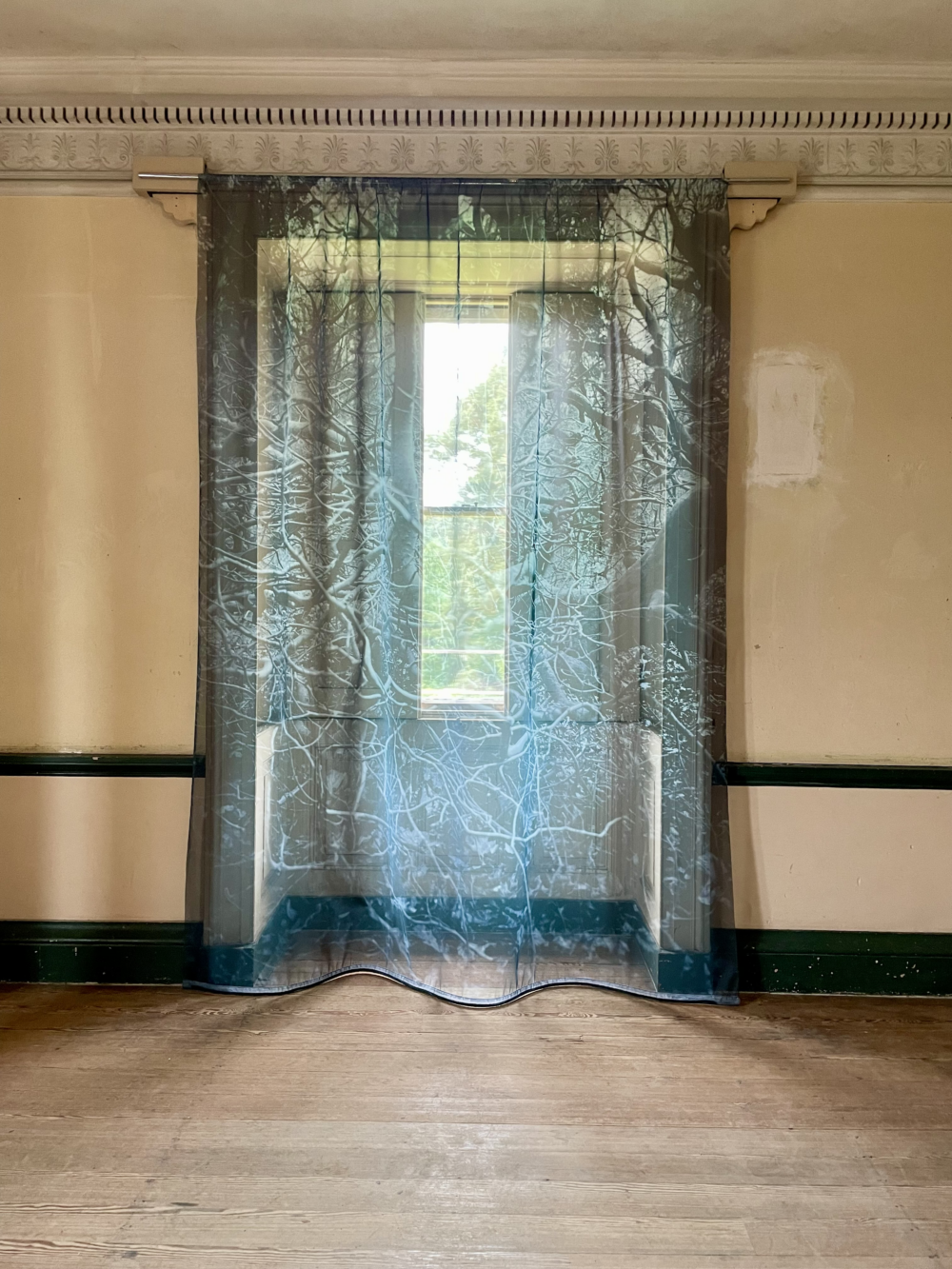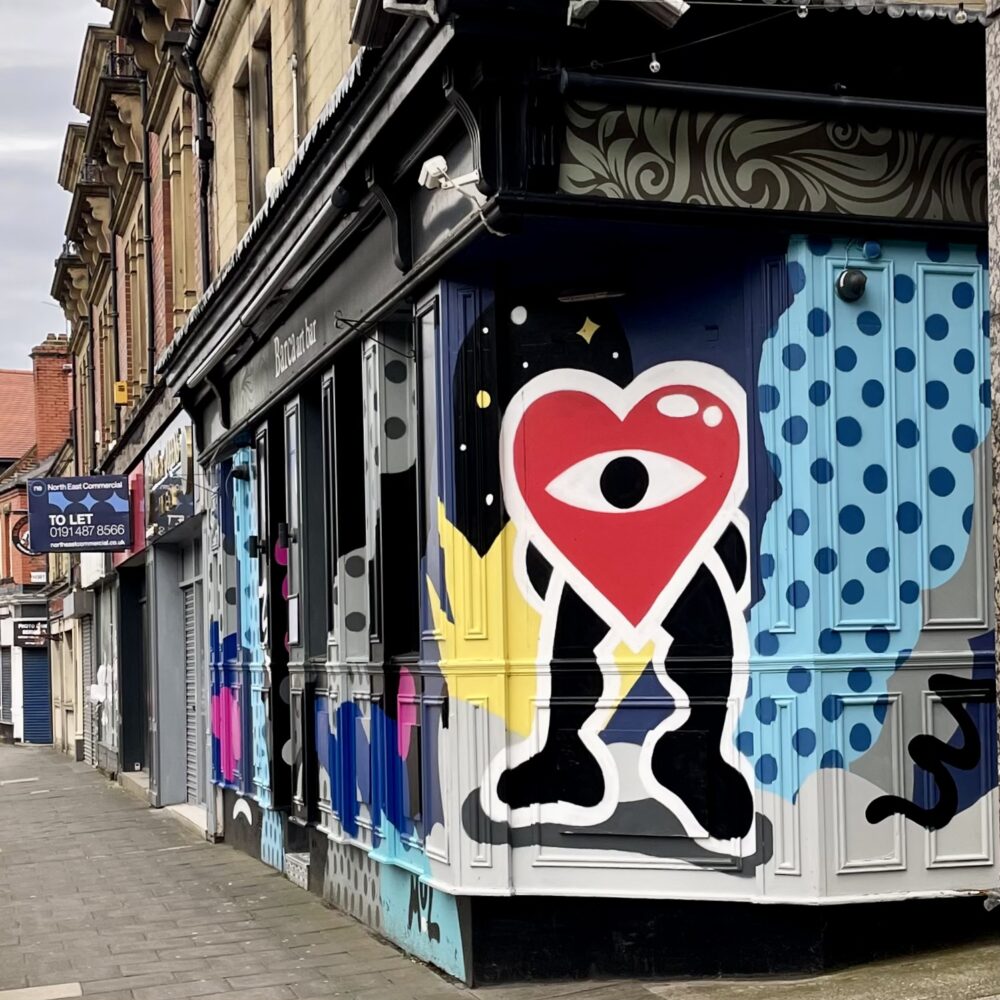Temenos
Yesterday, I wrote about a quirky construction in Middlehaven: the only one of an intended set of five which was actually constructed. I visited it back in 2012, and had returned twelve years on to see how it was doing.
All of the above also apply to today’s post, which is about Anish Kapoor’s Temenos.
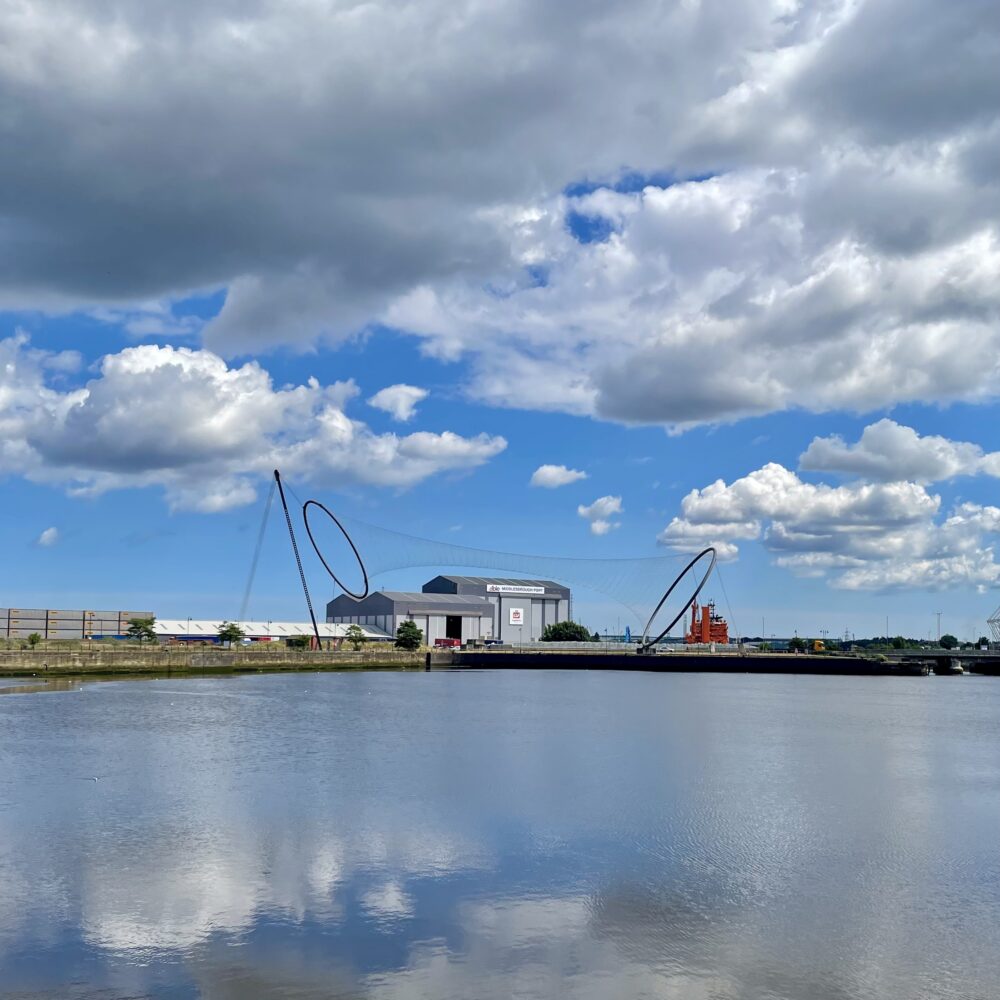
Twelve years ago, I called this massive artwork ‘soulless and bland’—which is very much how it felt on this visit, too. The demolition of the crane which previously stood behind it at least gives Temenos room to breathe, but it doesn’t really say much to me.
It was intended to be the first of five ‘Tees Valley Giants’, humongous sculptures spread between Middlesbrough, Stockton-on-Tees, Hartlepool, Redcar and Darlington. None of the others have been built, and it doesn’t feel like Temenos has become a local landmark in the way that was perhaps anticipated.
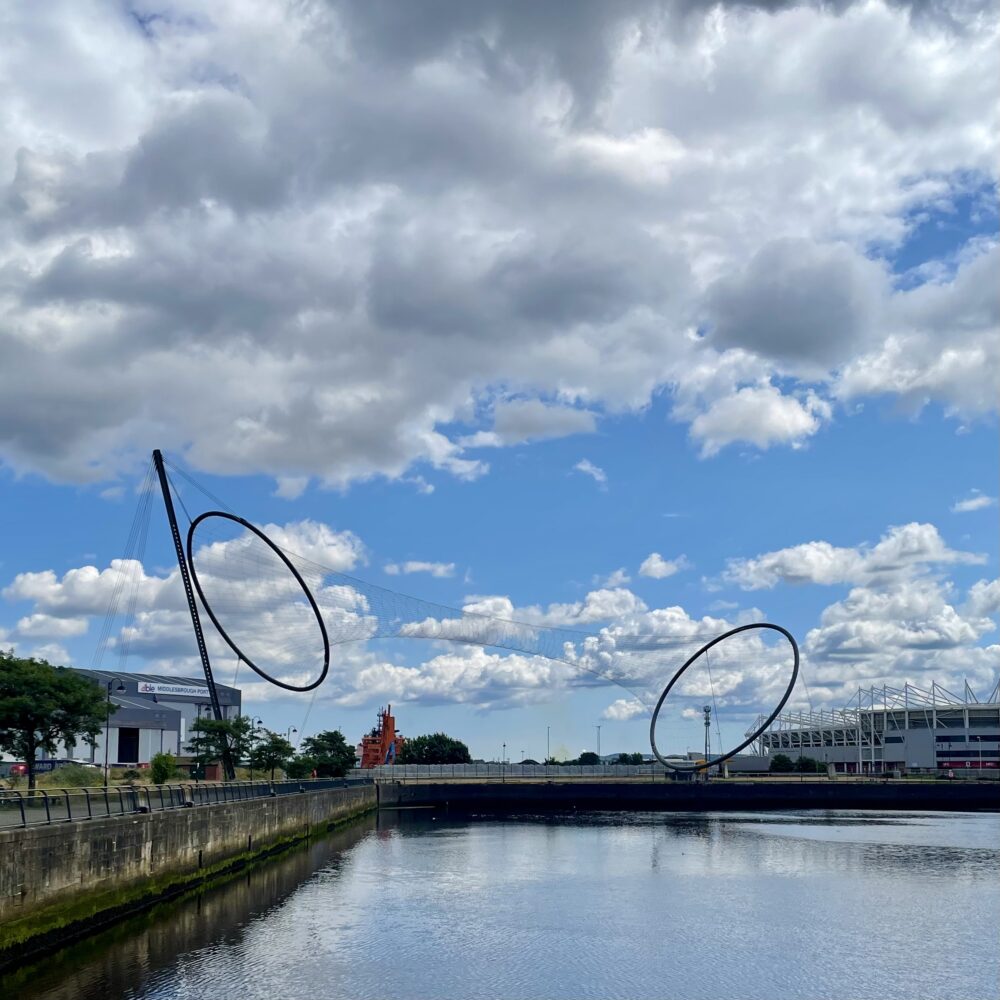
I wrote yesterday about the benefit of whimsy in life, and I think I actually prefer this much cheaper artwork nearby: a giant stick of rock.
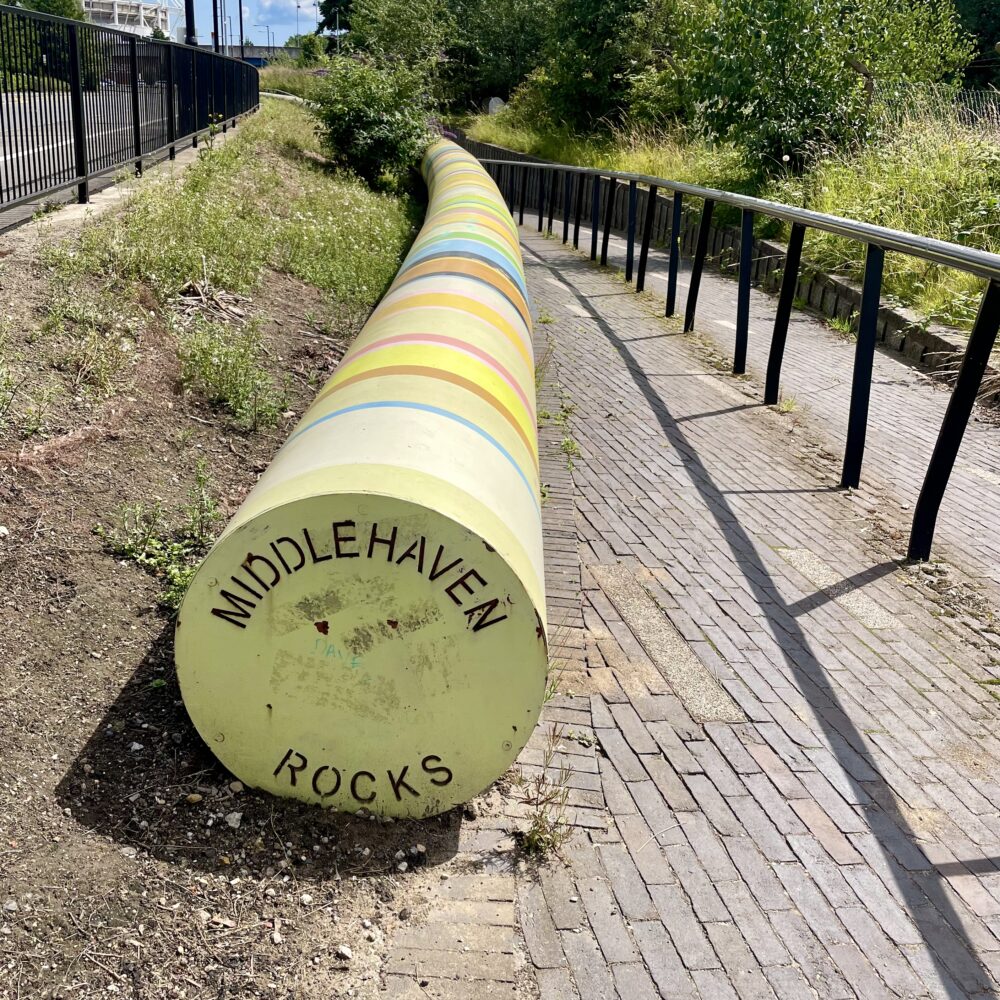
This post was filed under: Art, Photos, Travel, Anish Kapoor, Middlesbrough.
